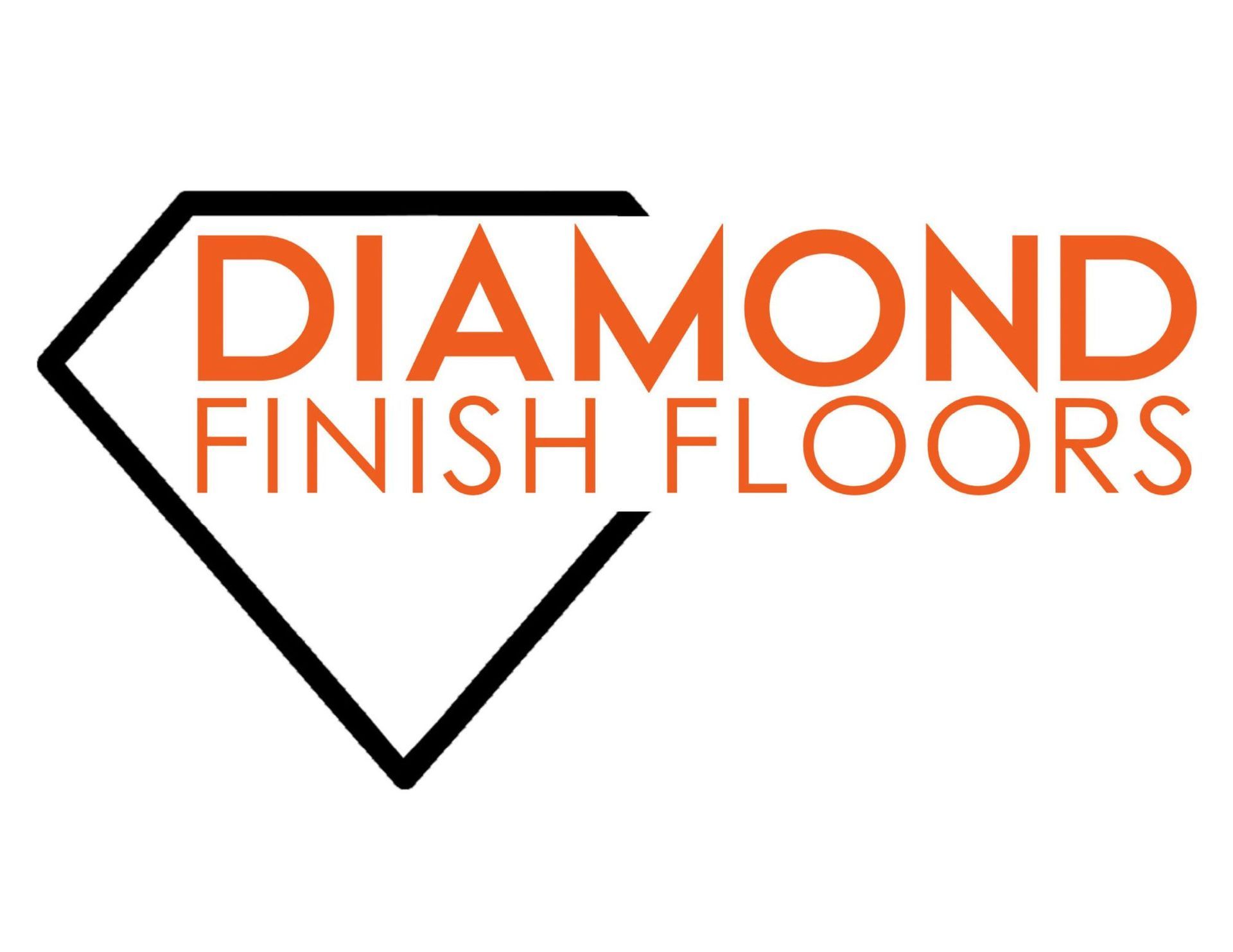Daisy Wick • February 1, 2024
Mastering the Grind: Exploring the Art of Concrete Grinding and Finishing
Concrete, with its inherent strength and durability, serves as the backbone of modern construction. Yet, its raw, unfinished appearance often belies its potential for aesthetic beauty and functional versatility. Enter concrete grinding—a transformative process that not only levels uneven surfaces but also unlocks a world of creative possibilities. In this blog, we delve into the intricacies of concrete grinding and explore how it can be finished at different levels to achieve diverse aesthetic and functional outcomes.
The Foundation of Concrete Grinding:
At its core, concrete grinding is a mechanical process that involves the use of abrasive tools to remove imperfections, level uneven surfaces, and prepare concrete for further treatment or finishing. Whether it's smoothing out rough patches, removing surface coatings, or restoring worn-out surfaces, concrete grinding offers a versatile solution for enhancing the appearance and functionality of concrete.
Grind Levels and Their Impact:
One of the defining features of concrete grinding is its ability to be finished at different levels, each yielding distinct results in terms of surface smoothness and texture. The grind level refers to the depth to which the concrete surface is ground down, with lower grind levels indicating a coarser finish and higher grind levels resulting in a smoother, more refined surface.
Coarse Grind (Level 1-2):
At the lower end of the spectrum, coarse grinding removes surface irregularities and imperfections while leaving behind a textured, slightly rough finish. This level of grinding is ideal for outdoor surfaces, industrial floors, and areas where slip resistance is a priority. Coarse grind finishes provide traction and durability, making them well-suited for high-traffic environments and outdoor applications.
Medium Grind (Level 3-4):
Moving up the grind scale, medium grinding achieves a smoother surface while retaining some texture and character. This level of grinding strikes a balance between traction and aesthetics, making it suitable for a wide range of indoor and outdoor spaces. Medium grind finishes are commonly used in commercial settings, retail spaces, and residential interiors, where both functionality and aesthetics are important.
Fine Grind (Level 5-6):
At the highest end of the spectrum, fine grinding produces a sleek, polished surface that exudes sophistication and elegance. This level of grinding removes all visible imperfections and blemishes, resulting in a smooth, mirror-like finish that reflects light and enhances the overall aesthetic appeal of the space. Fine grind finishes are favored in upscale residential settings, luxury retail environments, and architectural installations where design excellence is paramount.
Customization and Creativity:
Beyond the standard grind levels, concrete grinding offers endless possibilities for customization and creativity. From decorative patterns and intricate designs to custom color schemes and artistic flourishes, concrete grinding enables designers and architects to unleash their imagination and bring their vision to life in concrete.
In the realm of concrete construction, grinding is more than just a means to an end—it's an art form that unlocks the full potential of this versatile material. By understanding the nuances of grind levels and embracing the creative possibilities they offer, designers, builders, and homeowners can elevate the humble concrete surface into a masterpiece of form and function. As we continue to push the boundaries of innovation and design, concrete grinding remains at the forefront of transformation, shaping the landscapes of tomorrow with its enduring beauty and enduring strength.
